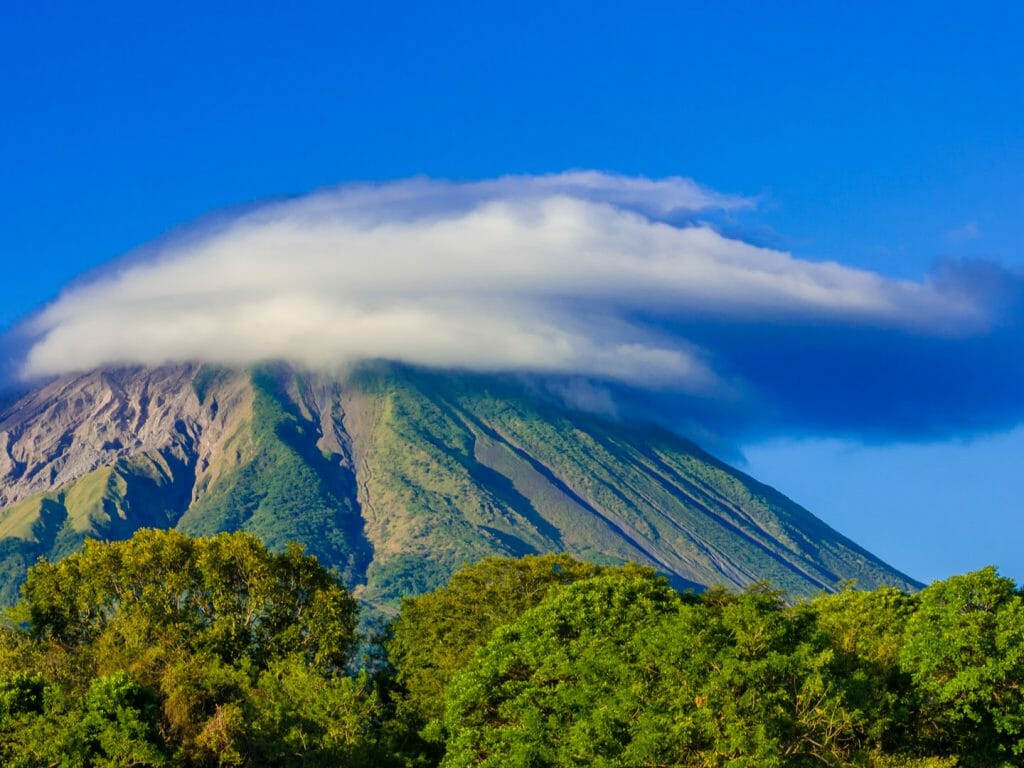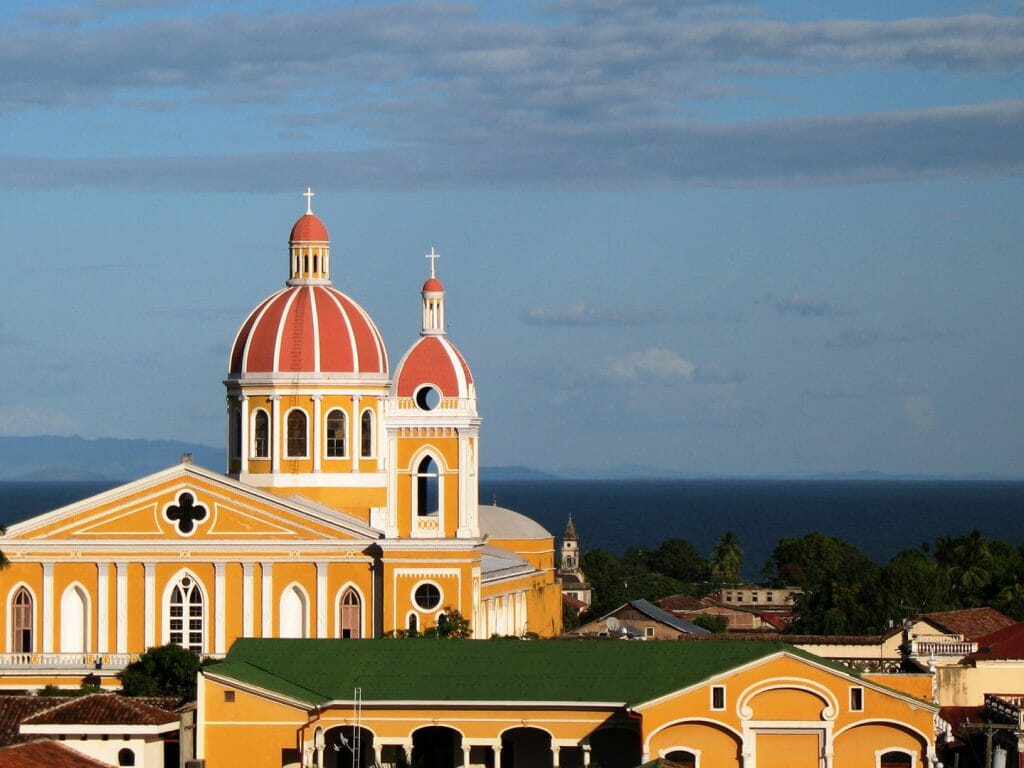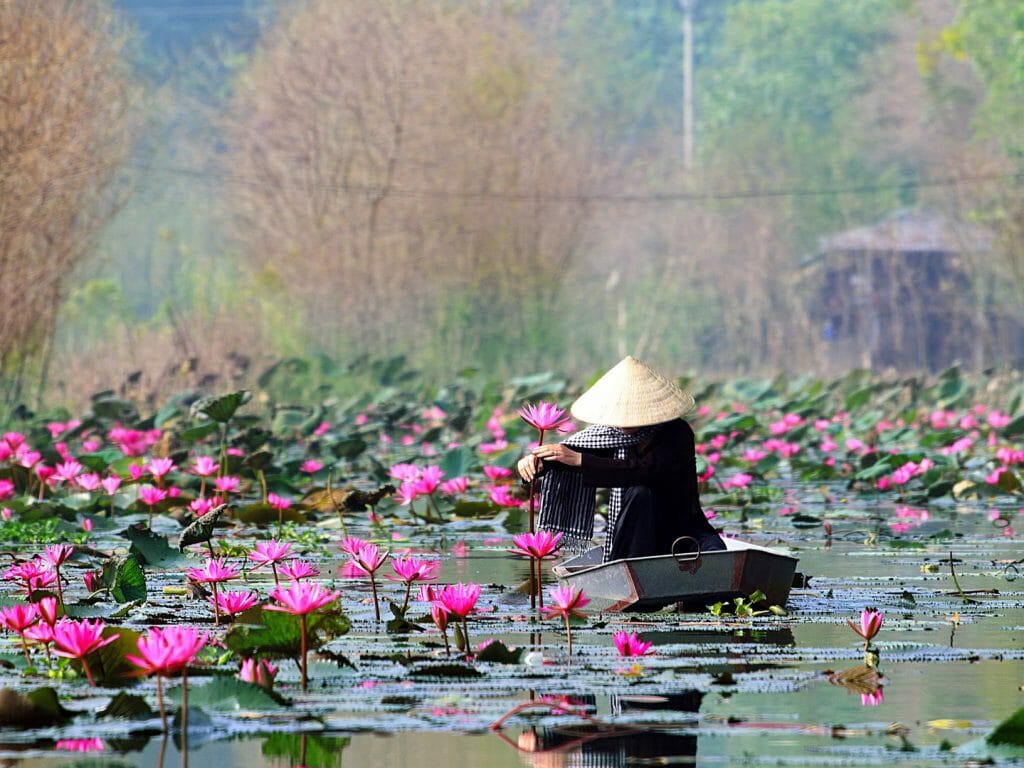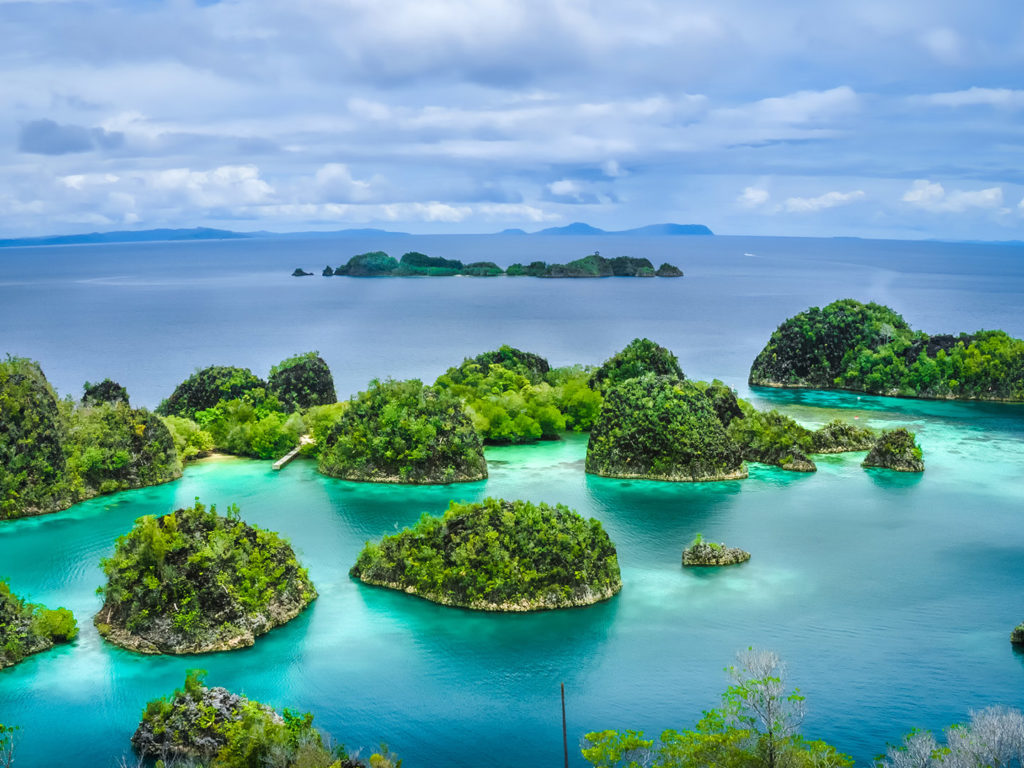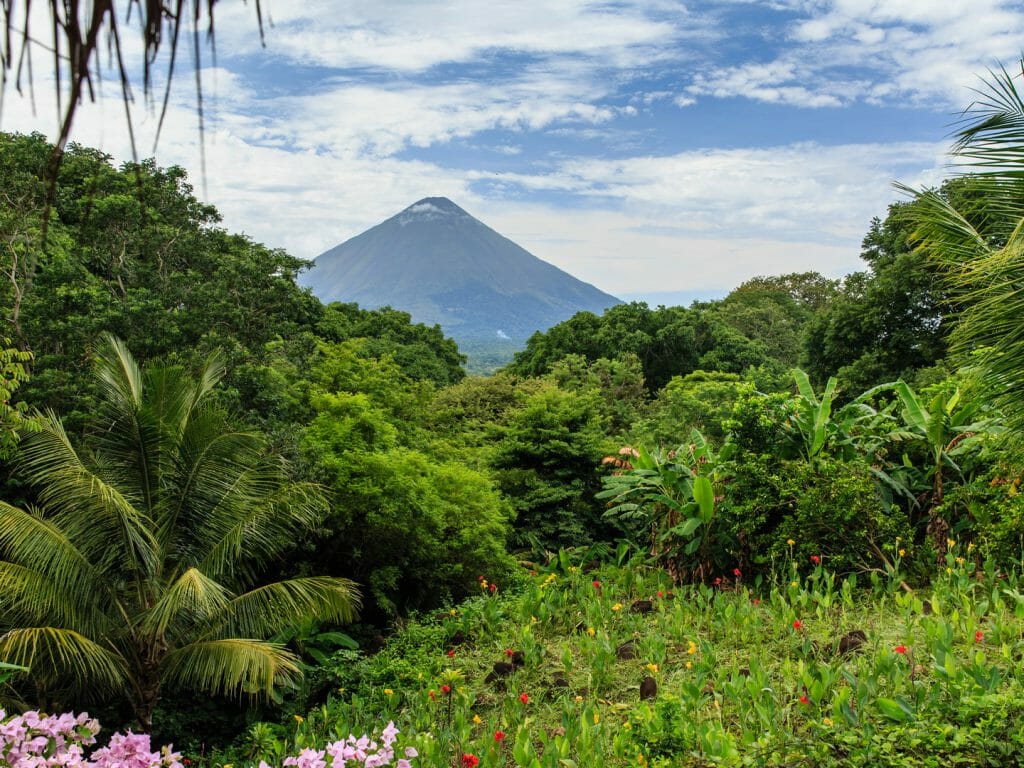After driving along a nicely tarmacked road, the journey became much more of an off-road experience. The tarmac was replaced by a narrow, rough dirt track and we bounced along for several miles – passing locals herding their cattle on horseback, and even on motorbikes.
Vast volcanic peaks loomed ever closer and before too long we arrived at the base of Cerro Negro, a still-active volcano in the Cordillera de los Maribios mountain range. This was the one we were about to climb. To say my heart was booming away in my chest was an understatement.
Cerro Negro sits at 2,388 feet above sea level and is the youngest of all of Central America’s volcanos, having made its reckless debut in April 1850. It last erupted in 1999 – an event which lasted for two days. Some minor activity was also recorded in 2004.
It is quite different in appearance to the other volcanoes in Nicaragua. Most of the 25 volcanoes found in the country are quite green due to the rich minerals that coat the surface of their slopes, which encourage lush trees and plant life. Cerro Negro is a dingy, dark grey – hence its name, which translates to ‘Black Hill’.
We arrived at the base and reorganised our backpacks with face masks, goggles and a very hot looking denim boiler suit – not the ideal attire in the baking sun that was beating down on us. We then topped up our water bottles, donned our hiking boots and set off to scale the summit.
The almost vertiginous trail involves some serious scrambling over loose, grey scree – sometimes on hands and knees. Regular stops were made on the ascent to catch our breath (it was incredibly hot and humid), take in some water and capture the stunning views. The higher we climbed, the more spectacular the views became – lava flows from the last eruption left a huge black welt through an otherwise sea of green stretching out below.
As we approached the summit after an hour and a half of hiking, the views became even more breath-taking. Lake Managua was visible through the heat haze to the south, whilst the steam from the neighbouring volcanos rose into the clouds. Behind us, we looked down into the depths of the crater – plumes of steam escaped from small fissures, a sure sign that Mother Nature was still at work in this extraordinary place.
The time had come; I could delay no longer. My stomach churned as we donned our denim boiler suit, face mask and googles. My camera was safely stored away – I picked up my sandboard (thankfully carried up by the excellent team that manage this experience) and our small group made our way to the edge of the volcano. It was a very long way down – 728 metres, to be precise – and we were about to descend in just a few minutes.
I will be honest, it was touch-and-go if I would actually go through with it. It’s an almost vertical drop and looks incredibly scary – unless, of course, one is a thrill-seeker. However, I hadn’t come this far to bail out and it was the opportunity of a lifetime. How often do you have the chance to experience sandboarding down an active volcano?
It was time. I tentatively crept to the edge, sat on my sandboard, listened nervously to the safety briefing again and tried to calm my beating heart. Then received the signal to go.
In less than four minutes it was all over. What a thrill; what an utterly incredible experience. Would I do it again? Absolutely, I would – in a heartbeat.
A cold beer and a plate of fresh fruit waited for us at the bottom – and we laughed at one another, as we each revealed our very grey dust-covered faces.
Nicaragua impressed me greatly with so much to see and do. I wasn’t sure what to expect of this beautiful country. I hadn’t expected it to be so green and lush; nor the people to be so wonderfully friendly; and I felt safe wherever I went. After much turmoil over the years, Nicaragua is definitely on the up and has such a diversity there is something for everyone. Numerous experiences will easily fill one’s holiday.
The top of Mombacho volcano is misted with cloud forest and makes for an interesting hike, whilst a sunset tour of Masaya offers incredible views into the depths of the orange bubbling lava lake within its centre. The stunning city of Granada has some very impressive colonial architecture and is the most photogenic city I have encountered – it is looking to gain UNESCO World Heritage status shortly. Whilst the Pacific coast delivers superb surfing; and snorkelling off the Corn Islands on the Caribbean side is like immersing yourself in an underwater film set, with pristine corals and a mesmerising kaleidoscope of brightly-coloured fish. This is certainly a country to add to the ‘to do’ list.


